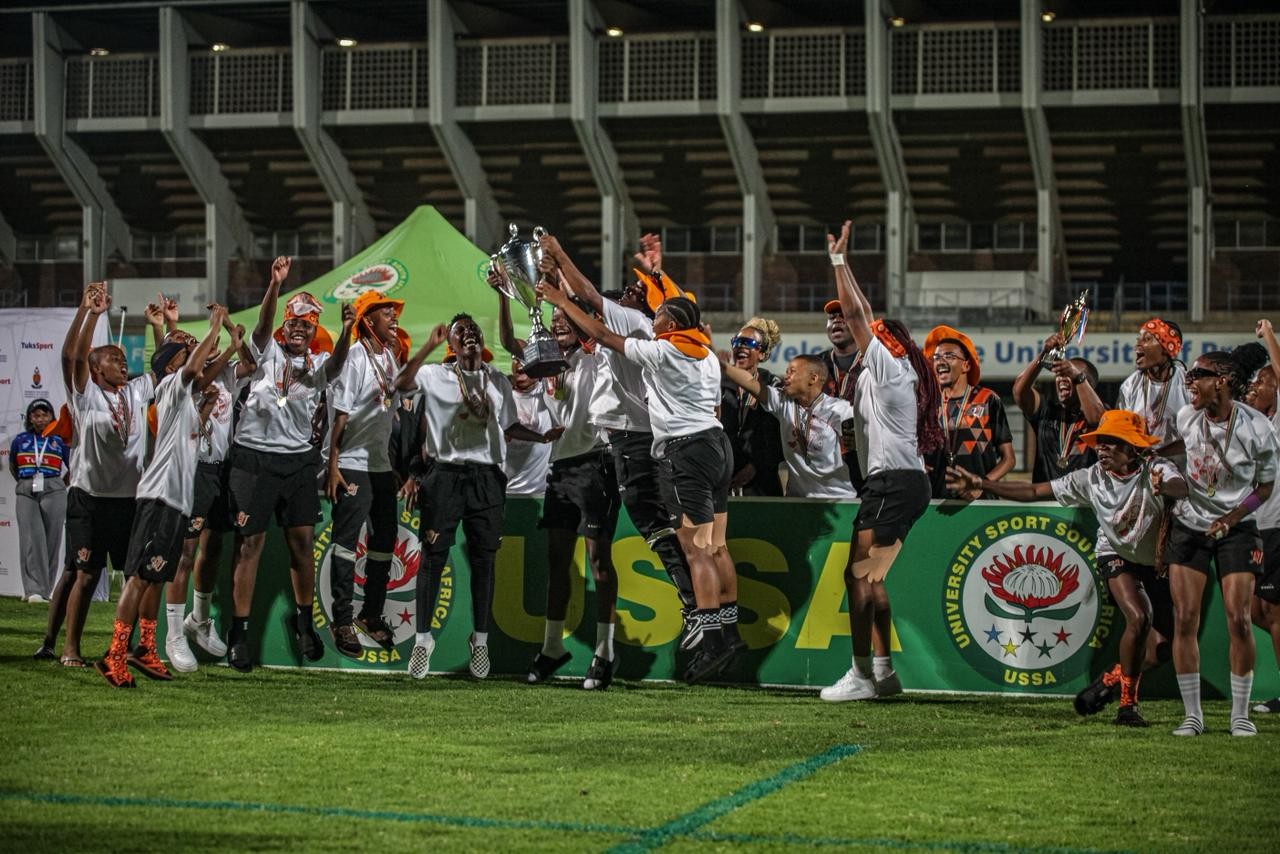Mutshidzi Munyai wakes up at 3am everyday to prepare herself for the school day.
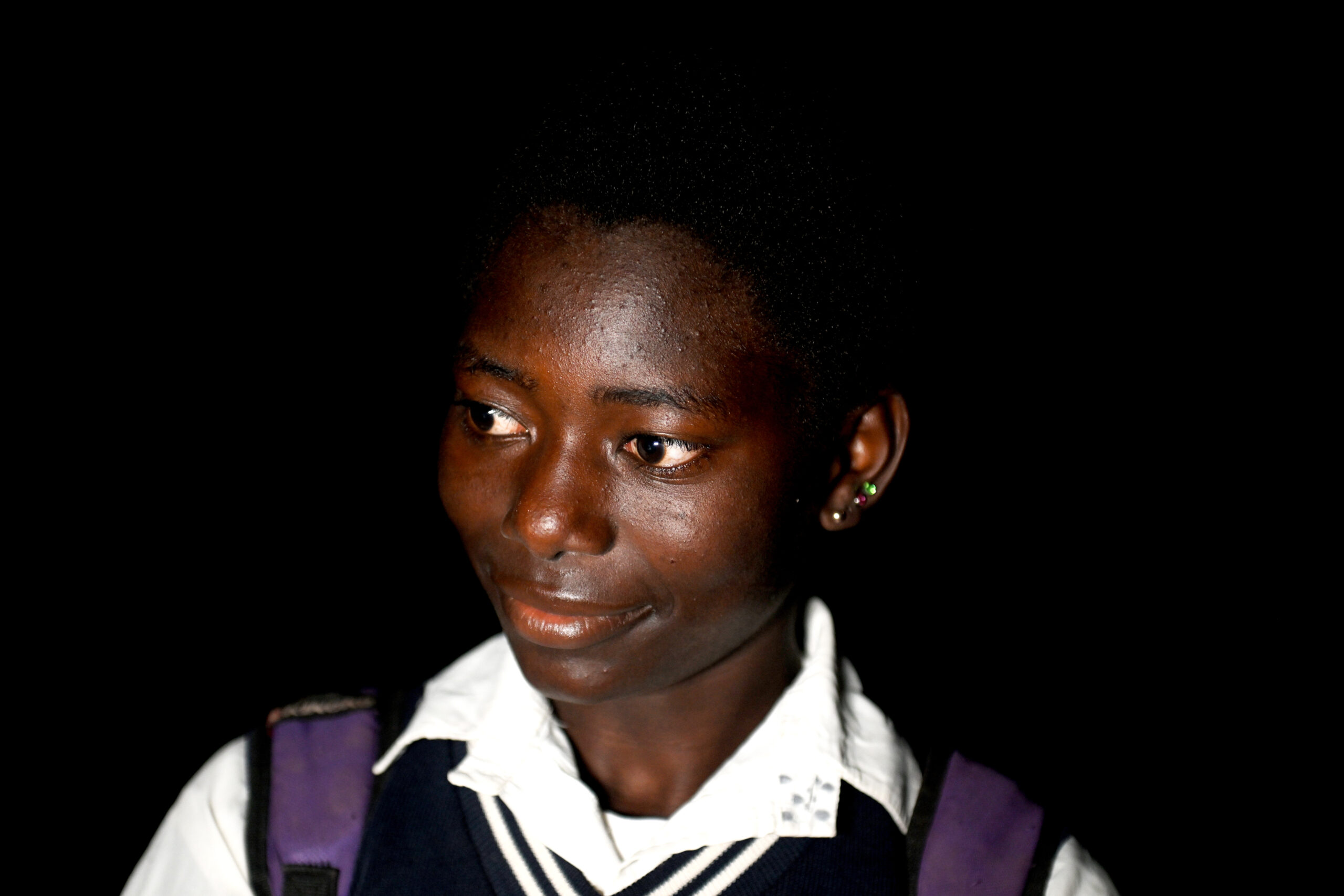
Her shoes have some wear and tear because of the 6 km distance she has to travel in order to get to the bus stop from her home in the village of Gwakwani to Matatani.
It’s a small village, in South Africa’s north-east corner, not far from the borders of Zimbabwe and Mozambique.
Mutshidzi and her friends need to factor in preparing the hot water for the bath and making sure their clothes are decent and neat to wear.
Her jersey has lost its elasticity but her family can’t afford to buy a new uniform.
So Mutshidzi braves the often cold weather conditions in the early morning to make sure she arrives at school on time.
The 17-year-old walks to school with four other learners. They appreciate the solar powered street light that the UJ Research Connect team put in place that helps to light their way out of Gwakwani.
The dusty gravel road, filled with rocks, stones and puddles of water, is a two hour walk the learners have to navigate every morning from 4am to reach neighbouring village Matatani at 6am, just in time for the bus to take them the rest of the way to their high school in Hanyani village.
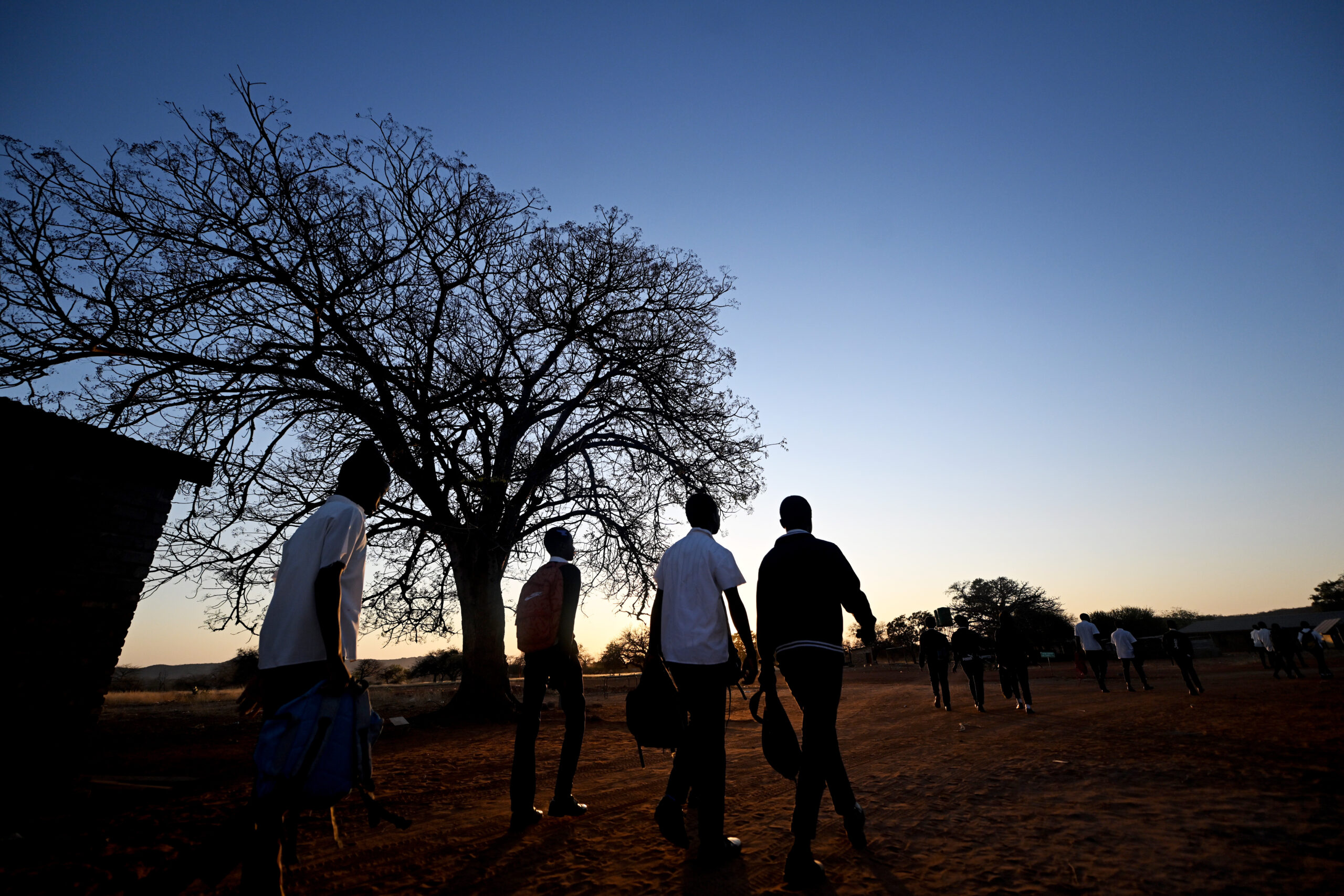
Mashu,18 and Adivhaho Monyai, 15, feel it is better for them to walk as a group because it can be risky walking alone as the bushes are thick and people can hide inside them.
“It is safer for us to travel together during the early hours. It can get scary when it is so dark and we don’t know if people are hiding in the bushes. Anything can happen to us. This daily journey affects our lives.”
They don’t eat breakfast and have to wait until their first break at around 9:30am to get food from the school feeding scheme.
“We do get tired and hungry from the walk. I usually sleep on the bus to make up for the time I have lost,” says Mashu.
The learners start their school day at 6:30am in their register classes, do their homework and catch up on other studies until 8:30 when the daily curriculum begins.
“If the bus leaves us, we will have to walk a further 9km to school.”
Later in the evening, some of the older learners stay at school to use the wifi and only leave around 8pm to go back home. The other learners make use of the solar powered repurposed shipping container in Gwakwani that serves as a lit up space for them to do their homework and use the wifi connection for research.
“We don’t really have enough time to do chores in the house because of how late we arrive and how early we leave for school,” adds Ntanganedze Sidogi. The 16-year-old is grateful to have the bus that transports them to school.
“We are already tired by the time we get to the bus stop and the school day hasn’t started. We are grateful to have that 30 minutes to catch up on some rest before we reach school.”
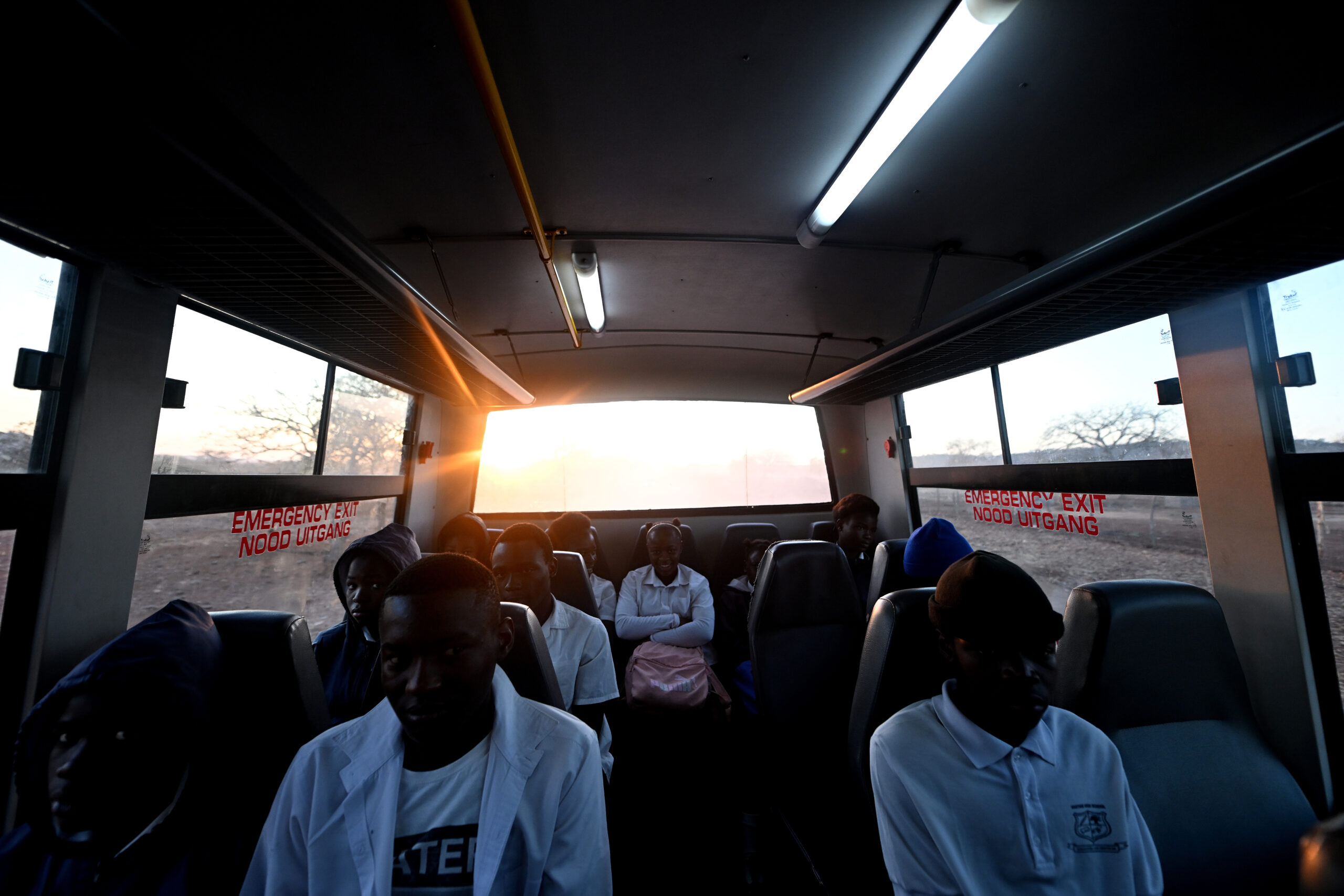
Hanyani Secondary School has just under 500 learners from surrounding communities. These include Sigonde, Tshipise, Matatani and Domboni. Most of the children who attend the school are from poor and child-headed households.
“The issue of dropouts is very high because of these factors and the distance many of them have to walk to get to school. It is simply too far,” says Principal Thifhelimbilu Ndou, adding that many of the school children resort to working on the neighbouring farms to make ends meet.
“A lot of the learners are alone with no parents, taking care of their siblings. It becomes easier for them to drop out and work on the farms as they are hiring a lot of young people. The learners will drop out to become wood cutters, chopping the trees to make firewood and make some money so they are able to feed themselves.”
He adds that a lot of youth in the communities are not motivated about the future because they do not know the options available to them after high school.
Through the University of Johannesburg’s UJ for Societal Impact project the school now has a media centre equipped with computers, books and learning materials to engage learners and teachers. The media centre is in collaboration with the South African Jewish Board.
The learners who stay late at school are able to finish their homework and use the internet via the satellite provided by UJ.
They also don’t have to worry about it getting darker in the evenings as the solar powered lights keep the media centre lit throughout the night.
“The learners come and study at night – from 6pm to 9pm, Monday to Thursday. It is great because they do not have to worry about loadshedding as the solar lights are helping them to continue with their studies at night. There are 13 lights in total and the male learners who stay at the school full time are also able to use the lights to help them with their homework,” says Principal Ndou.
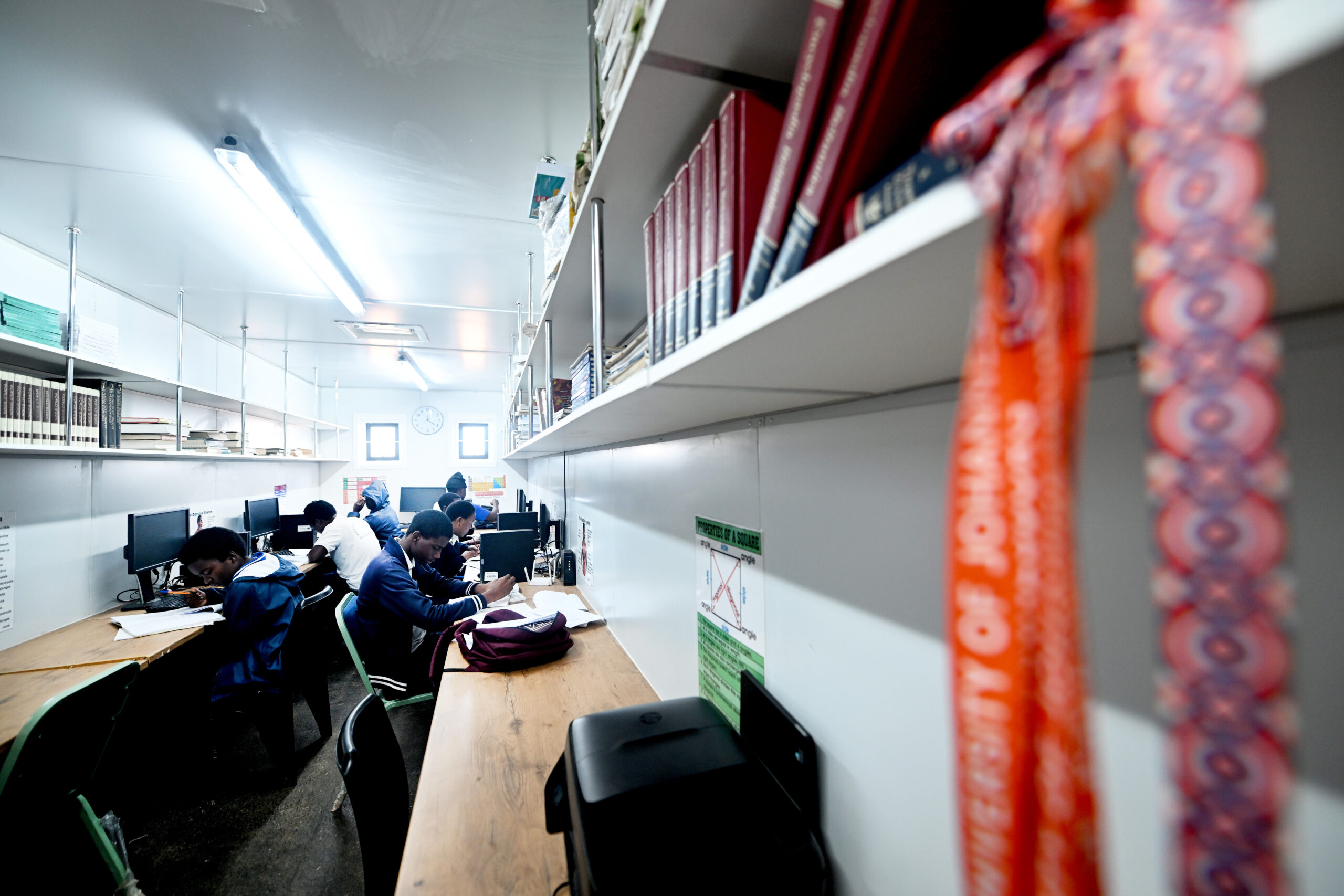
The media centre also acts as a meeting room for Principal Ndou to discuss school issues with the teachers as they do not have a staff room.
Grade 12 learners are able to apply for tertiary education and download question papers for exams using the computers and the teachers can further their studies as well using online platforms.
“It has truly been a great improvement for our school. Learners are able to do proper research because of the internet. For the June exams, we managed to get a 100% pass rate because of the media centre. I have a positive outlook since receiving the help for UJ. We can boast about our achievements which include the Grade 12’s achieving 100% for their exams and out of 13 subjects, 11 of them were 100% pass. This indicates a positive growth for the school where we may have a brighter future with our learners.”
Out of the six high schools in the district, Hanyani Secondary School is firmly placed at the top.
“We want to make sure we retain our position after the exams and continue to fly the Hanyani flag high. We are making a positive change.”
While the school still faces many challenges, the positive impact the media centre has had on both learners and teachers is profound.
Through the UJ for Societal Impact project, the UJ Faculty of Education will provide comprehensive teacher support workshops with a focus on Basic Counselling Skills, Career Development/Transition in Resource Constraint Contexts, Protective Resources and Risk Factors in Youth Substance Abuse, Teenage Pregnancy and Implications for Career Management, Schools as micro systemic strongholds/nodes of care and thriving, and Occupational stress and burnout.
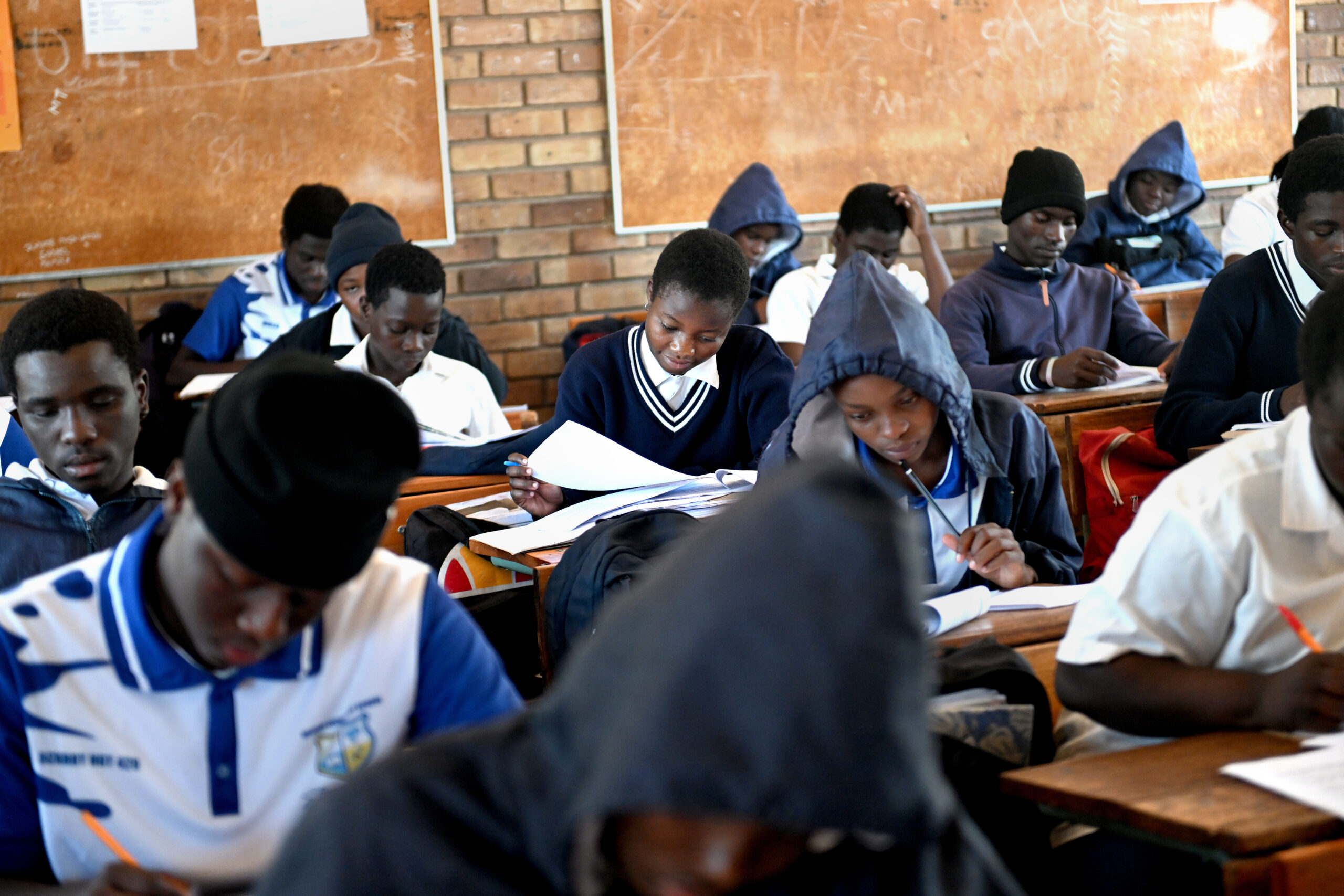
Professor Maximus Sefotho, Associate Professor in Educational Psychology and the Director for the Centre for Neurodiversity said the workshops would enable the teachers to intervene when children go through adversity.
“It will equip them with skills to identify children in distress. Then they will learn how to intervene meaningfully within their scope before they can refer learners to other professionals. They will be exposed to attending skills (SOLER), listening and communication skills.”
Prof Sefotho added that the UJ team will introduce Holland’s theory to the teachers and demonstrate how they can use it to assist the process of helping learners in choosing careers.
“The workshop on substance abuse will teach learners about risk factors and processes leading to substance abuse. Teachers will learn about risks rendering young people to teen pregnancy. Teachers can be guided to develop primary and secondary intervention strategies to support learners who are teen mothers and those who are with children.”
He added that it was important to empower the teachers and their schools as nodes of care for vulnerable learners.
This initiative meets the UN SDG 4 (Quality Education) and SDG 10 (Reduced Inequality).
Watch:


